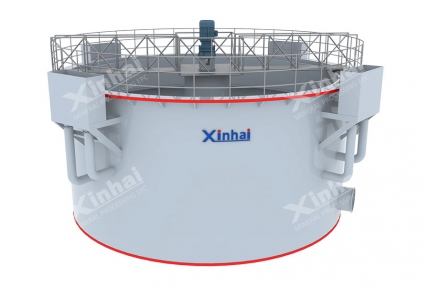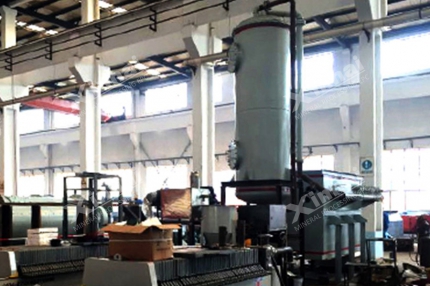CIL (Carbon in leaching) and CIP (Carbon in slurry adsorption) are two widely used extraction technologies in gold ore extraction. Both processes use activated carbon to adsorb gold ions in gold cyanide solution, and then recover gold through different process flows. However, there are differences between these two processes. Which one should you choose? The following article will introduce these two gold extraction processes and compare them to provide a reference for you to choose the appropriate gold cyanide process.
Use the table of contents below to navigate through the guide:
01CIL process for gold extraction
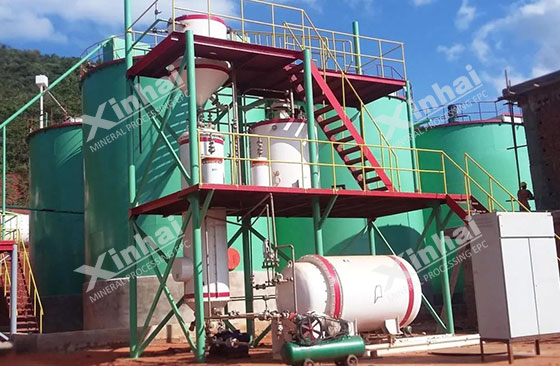
The gold mine CIL process is widely used in gold extraction. The core of this process is to extract gold from the slurry through activated carbon adsorption. The gold mine CIL process can achieve a recovery rate of more than 90% when processing low-grade gold ore. The main process flow is: the ore is ground and flotated to form a gold-containing slurry. After the slurry is mixed with a cyanide solution, the gold is dissolved into gold cyanide. Activated carbon is added to the slurry, and the gold cyanide will be adsorbed by the activated carbon. Finally, the gold is recovered from the activated carbon through a desorption electrolysis process. The CIL process has strong flexibility and adaptability and can be used to process various types of gold ores.
02CIP process for gold extraction
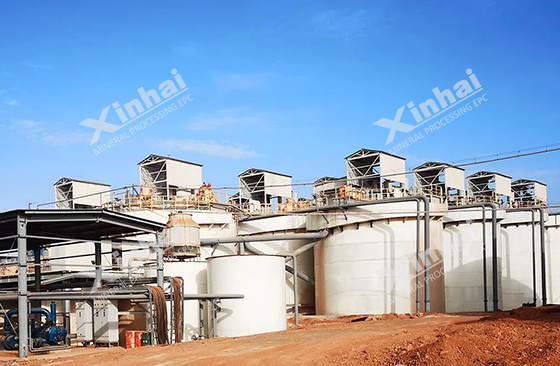
The core of the gold mine CIP process is to achieve efficient gold recovery through the carbon slurry adsorption process. This process is suitable for processing low-grade gold ores and can effectively improve the gold recovery rate. When applying this process, optimizing the concentration of carbon slurry and the adsorption time can greatly improve the gold recovery rate. The CIP process mainly consists of four steps: carbon slurry leaching, adsorption, desorption and regeneration. Each step has an important impact on the gold extraction efficiency and cost. In the leaching stage, optimizing the concentration of the leaching agent and the leaching time can maximize the release of gold from the ore. In the adsorption stage, because the activated carbon has a high adsorption capacity, gold ions can be effectively adsorbed from the solution to the carbon particles. In the desorption process, the carbon particles adsorbed with gold are subjected to heat treatment or chemical treatment to release the gold. In order to reduce the operating cost of the ore dressing plant, the activated carbon is recycled during the regeneration process.
03Comparison of CIL and CIP processes in gold extraction
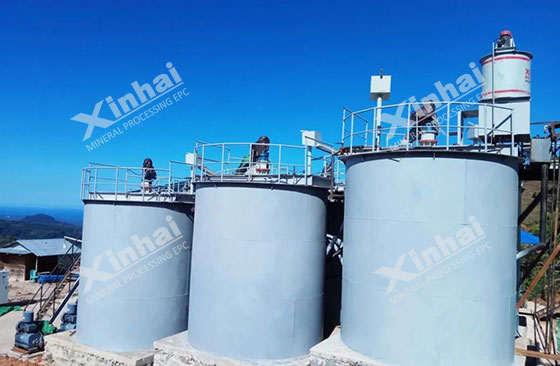
1. Comparison of process efficiency
The CIL process is a continuous operation mode with a high gold recovery rate, usually above 90%, which is particularly suitable for processing low-grade gold ore. Because the CIL process is a continuous operation, it is well adapted to the situation where the ore grade fluctuates greatly.
When processing high-grade gold ore, the CIP process has the advantages of simple operation and low equipment requirements, and can quickly extract gold. The CIP process will show higher efficiency when processing uniform ore.
In actual production, the choice of CIP or CIL process needs to consider aspects such as ore characteristics, production scale and environmental impact.
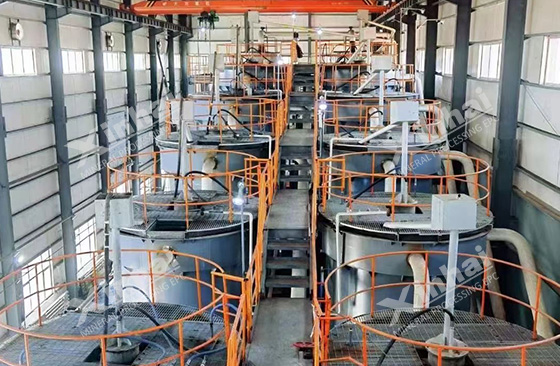
2. Cost-benefit comparison
The CIL process has a low initial investment cost and does not require additional carbon slurry separation equipment, so it is widely used in small gold ore concentrators. The CIP process is more economical when applied to large-scale gold ore concentrators, but its initial investment cost is high. Its higher gold recovery rate and lower operating costs can make up for this disadvantage.
In addition, the carbon consumption of the CIL process is usually higher than that of the CIP process, so it will also have a significant impact on cost-effectiveness when carbon prices fluctuate. When conducting a cost-benefit analysis, multiple factors such as the size of the gold mine, gold grade, carbon price, and operating costs need to be comprehensively considered to ensure that a reasonable and economical gold extraction process is selected.

3. Equipment and Operational Complexity
The CIL process requires fewer equipment, mainly a carbon leaching reactor with continuous reaction, which reduces the number of equipment and the complexity of operation. The carbon adsorption and desorption process of the CIL process requires fine control to ensure the recycling of carbon particles.
The CIP process involves more equipment, such as multiple adsorption towers and desorption systems, which increases the operational complexity while providing greater flexibility and control accuracy.
The increased operational complexity of the gold extraction process will require operators to have higher technical levels and expertise to ensure the stable operation of the process and the efficient recovery of gold. In actual production, the choice of which process mainly depends on the nature of the ore, the grade of gold and the experience of the operator.
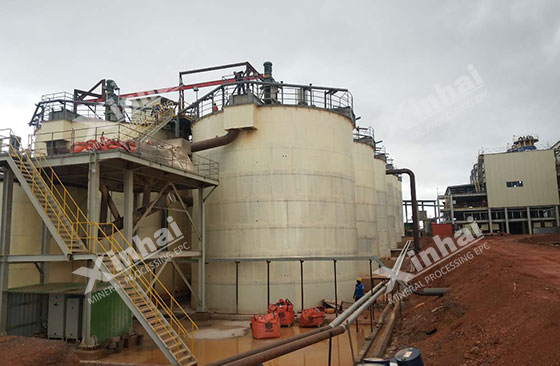
In summary, the gold extraction processes CIL and CIP have their own characteristics and are suitable for different types of gold ores. When choosing a suitable extraction process, a comprehensive evaluation should be made based on factors such as the grade of the ore, production scale, and cost budget. Regardless of which gold extraction process is chosen, optimizing the beneficiation process parameters and equipment configuration is the main way to improve the gold recovery rate, which has an important impact on the economic benefits and resource utilization of the gold beneficiation plant.


 marketing@ytxinhai.com
marketing@ytxinhai.com  0086 13810327080
0086 13810327080 






































































































 CHAT
CHAT MESSAGE
MESSAGE





